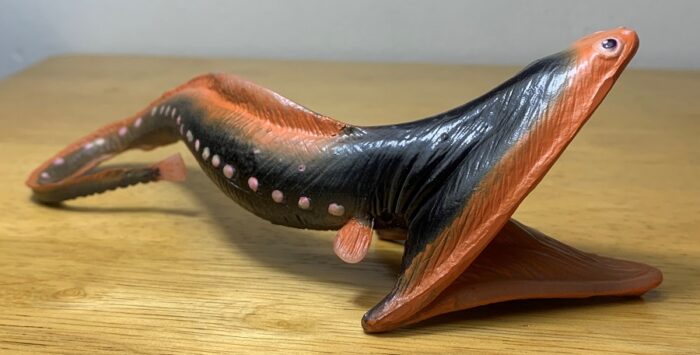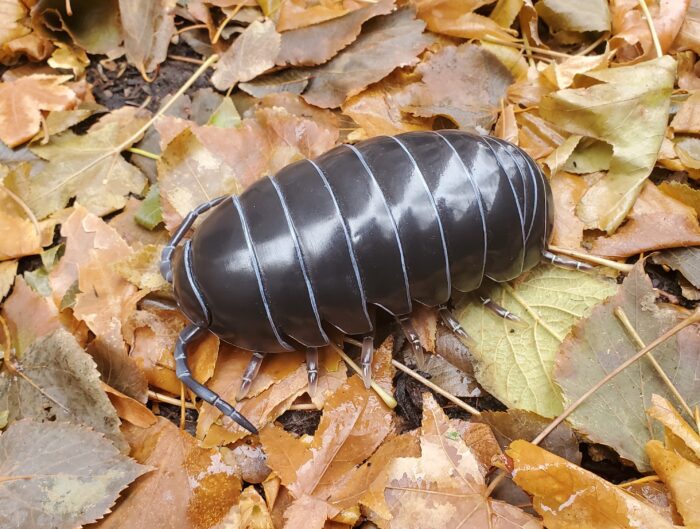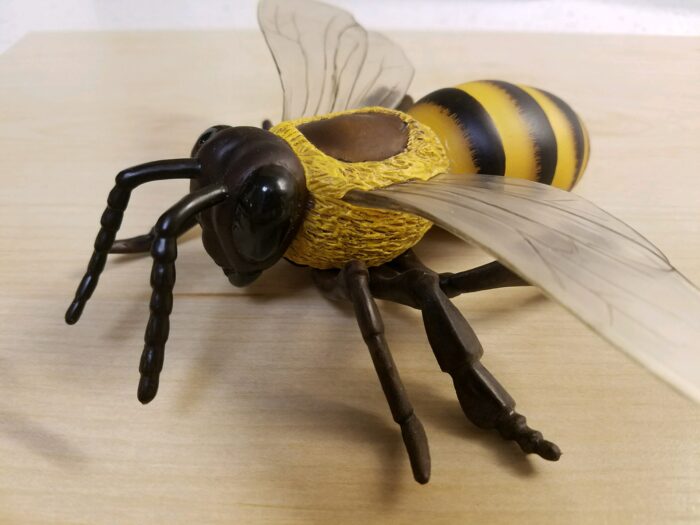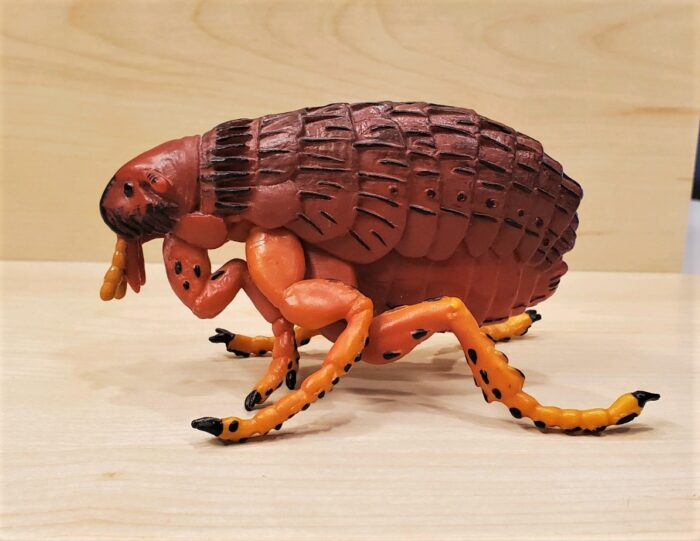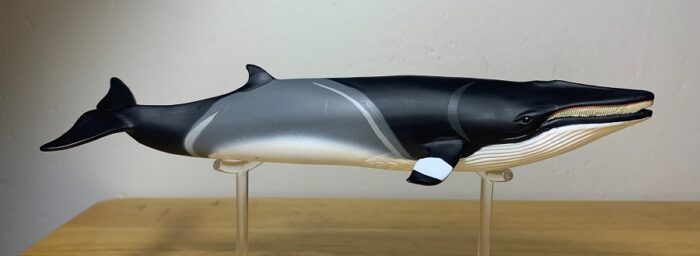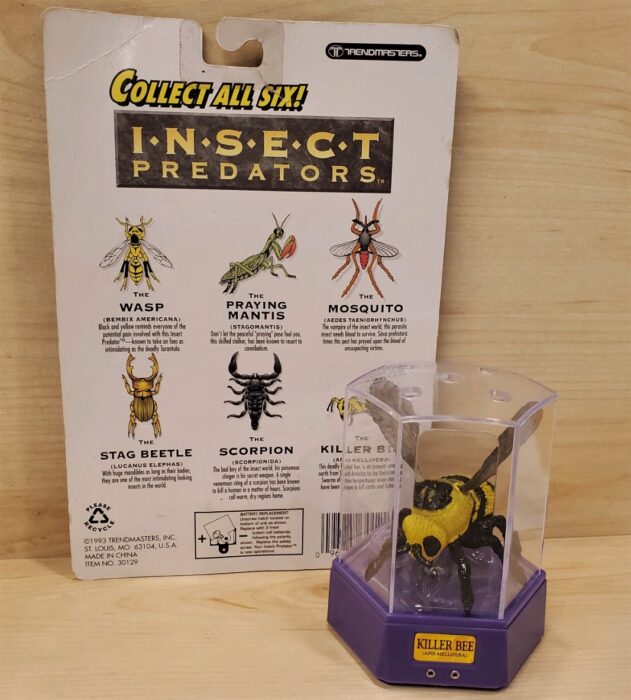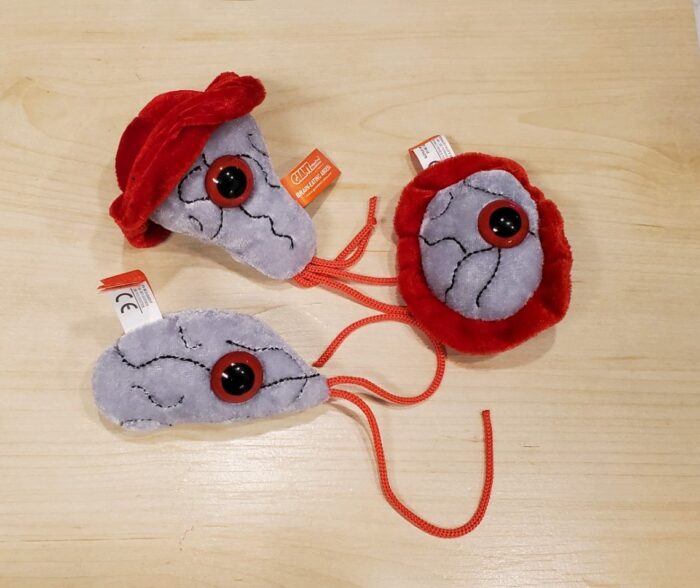Before I start this review, I must again thank our friends at Happy Hen Toys who kindly donated this review sample for the Blog.
When today’s figure was first announced, it was referred to as a ‘common spider’. That left the door open for several ideas on what it might be (especially since the promo pic wasn’t taken at the most diagnostically-helpful angle).





